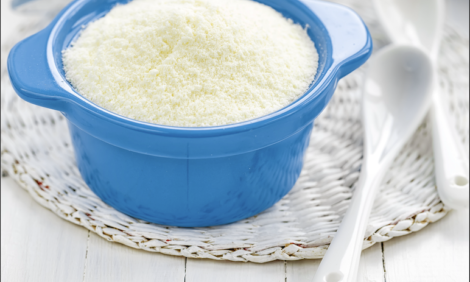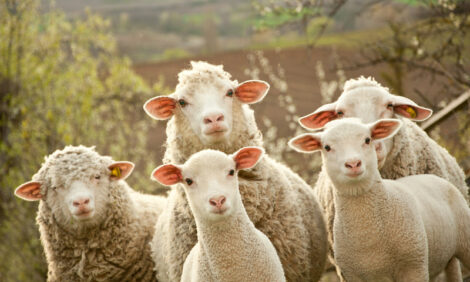



WOAH report shows global decline in antimicrobial use in animals
A new report from the World Organisation for Animal Health (WOAH) provides a glimmer of hope for those concerned about overuse of antimicrobial in food-producing animals.WOAH's seventh annual report on antimicrobial agents intended for use in animals, published earlier this week, shows a 13% decline in the amount of antimicrobials used in animals from 2017 through 2019, with reductions observed in Europe, Asia, the Far East, and Oceania. The findings confirm a global decline in use of antibiotic in animals observed in previous reports.
The report also highlights countries' commitments to providing information on antibiotic use in animals, noting that the overall participation rate in the latest data collection round is similar to levels seen before the COVID-19 pandemic.
"During the past seven years, and despite COVID-19 pandemic, WOAH Members have proven that they are highly engaged in the reporting of data related to the antimicrobial use in animals, as well committed to decreasing the use of antimicrobials in the animal health sector," the authors of the report wrote.
Antimicrobial use for growth promotion remains a problem
The report, which focuses on antibiotics given to animals (poultry, cattle, pigs, sheep, and goats) and fish raised for human consumption, is based on antibiotic sales data reports provided by 157 countries.
Among the 80 countries that provided quantitative data from 2017 through 2019, the collected data (representing 65% of global animal biomass) showed that antimicrobial use in animals fell from 111.45 milligrams per kilogram of estimated animal biomass (mg/kg) in 2017 to 96.73 mg/kg in 2019. Asia, the Far East, and Oceania saw declines of 25%, while animal antibiotic use in Europe fell by 15%. Thirty-three countries reported declines of greater than 10%.
In contrast, increases were observed in Africa (45%) and the Americas (5%).
Analysis of trends by antimicrobial class showed a 19% decrease in the use of tetracyclines (the most commonly used antibiotic class in animals) from 2017 through 2019, and a 29% decline in use of polypeptides. The estimated total amount of antimicrobials used in animals in 2019, based on data from 110 countries, varied from 77,086 to 84,398 tonnes.
The report also shows that more than two thirds of reporting countries (107 of 157, 68%) say they no longer use antimicrobial agents for growth promotion in animals, a practice that is discouraged by WOAH and other global health organizations. That number, however, remains relatively unchanged from the previous report, and 26% of countries (41 of 157) say they are still using antimicrobials to promote growth.
"Important progress has been made, even though further engagement is still needed to phase out such utilisation in the absence of risk analysis, and therefore fully comply with WOAH international standards and the Global Action Plan on AMR," the report states.
Outdated technology
Eight countries reported that a lack of digitized records and outdated information technology systems were barriers to collecting and reporting data.
WOAH says it hopes that its recently launched ANIMUSE Global Database, which will give countries instant access to their animal antibiotic use data and help with calculations, will enable countries to overcome this obstacle and achieve further reductions in the coming years.
The report also highlights a pledge made at the Third Global High-Level Ministerial Conference on Antimicrobial Resistance in November 2022. At the conference, ministers of health and agriculture from 47 countries pledged to reduce antimicrobial use in animals and agriculture by 30% to 50% by 2030.


